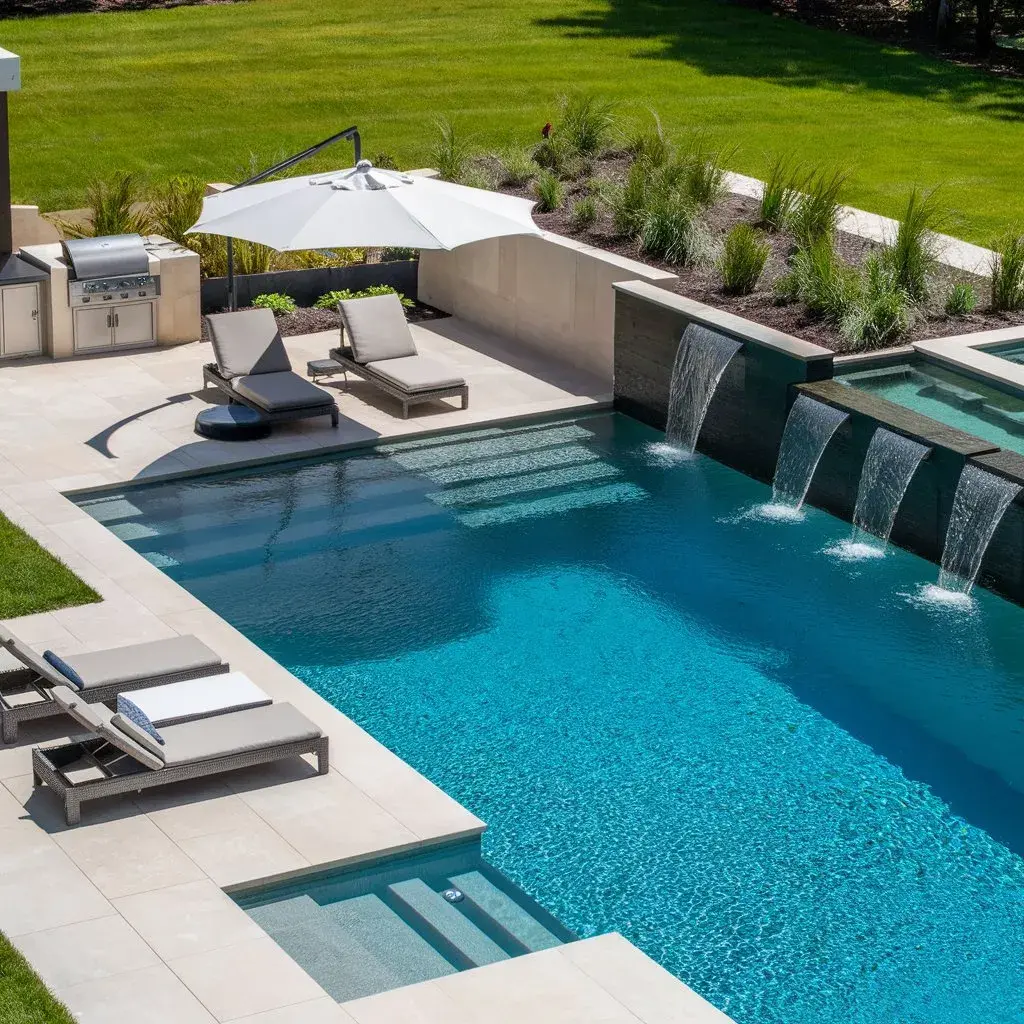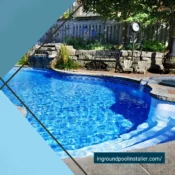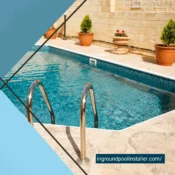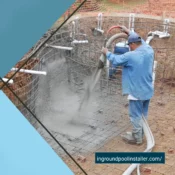Balancing Depth Options: Creating a Pool for All Ages and Activities

Balancing Depth Options: Creating a Pool for All Ages and Activities
In the architectural design of communal swimming facilities, achieving a balance of depth options presents a complex challenge, pivotal to accommodating a diverse user demographic. Consideration must be given to both safety and functionality, integrating shallow zones for young or novice swimmers and deeper areas for athletic use. The inclusion of graduated depth increases, such as zero-entry slopes and carefully segmented zones, further enhances user safety and engagement. Moreover, the strategic placement of depth transitions requires a nuanced understanding of water dynamics and user behavior, essential for facilitating a range of aquatic activities. How these elements are synthesized in inground pool design not only influences user experience but also impacts operational efficiency and safety compliance, an aspect that pool architects must meticulously plan.
Understanding Inground Pool Depth Needs
Determining the appropriate depth for a swimming pool requires careful consideration of intended usage, user demographics, and safety regulations. A pool's depth profoundly influences its accessibility and functionality, catering to different groups ranging from small children to adult swimmers. The choice of depth should align with both the primary function of the pool and the average user profile.
For instance, a shallow end of 0.9 meters is generally sufficient for young children, providing a safe environment for them to learn and play. Conversely, depths of at least 1.2 meters are preferable for general swimming by adults, ensuring enough water to swim freely without touching the pool bottom. Competitive pools, however, require deeper waters, typically starting at 1.8 meters, to accommodate diving starts and turn maneuvers safely.
Compliance with local safety standards is imperative. These regulations often dictate minimum and maximum depths and safety features like non-slip surfaces and adequate poolside barriers. Consulting with a certified pool designer or an engineer can also guide proper depth selection, ensuring that the pool meets all safety codes while also fitting into the community fabric, fostering a sense of inclusion and safety for all users.
Design Strategies for Multi-Use Pools
When designing multi-use pools, it is crucial to consider varied depth profiles that cater to different activities and user groups, ensuring operational flexibility and safety. A well-thought-out depth gradient can seamlessly accommodate everyone from young children in shallow waters to experienced swimmers in deeper sections.
To achieve this, designers often implement a zero-entry slope, which gradually descends into deeper areas. This design not only facilitates natural progression for beginner swimmers but also enhances accessibility for individuals with mobility challenges.
For structured aquatic activities, such as water aerobics or swim lessons, partitioning the pool into zones with specific depth ranges can optimize usage without compromising safety.
Incorporating movable bulkheads offers an advanced solution, allowing the pool to be reconfigured for different purposes or events. This flexibility supports a variety of aquatic programs and can adapt to fluctuating community needs.
Additionally, careful attention must be paid to the placement of safety features, such as non-slip surfaces, adequate lighting, and clear depth markers, which are essential for a secure environment.
Each element of the design should be aligned with the latest industry standards and tailored to foster a sense of inclusion and community among its users.
In conclusion, the art of designing a multi-use inground pool lies in meticulously balancing depth zones to cater to a diverse user base.
As the adage goes, 'measure twice, cut once,' precision in planning pool depths ensures safety, accessibility, and functionality for all age groups and activities.
By integrating varied depths, from shallow play areas to deeper competitive spaces, architects can craft aquatic facilities that are not only versatile but also inclusive, promoting a harmonious community space.
All Categories
- Concrete
- Concrete
- Concrete pools
- Construction
- Custom Features and Add-ons
- Design
- Design
- Design
- Design & Construction
- Design and Planning
- Features & Customization
- Infinity edge
- inground pool
- inground pool builder
- inground pool installer
- Installation
- Installation Process
- Legal & Administrative
- Materials
- planning and design
- Pool Aesthetics and Customization
- Pool Design
- Pool Equipment
- Pool Features
- Pool Features
- Pool Installation Process
- Pool Materials
- Pool Materials
- Pool Types
- Project Planning
- Renovation
- Resurfacing
- top sights
- Types of Inground Pools
- Types of Inground Pools
- Types of Inground Pools
- Types of Inground Pools
- Water Treatment



